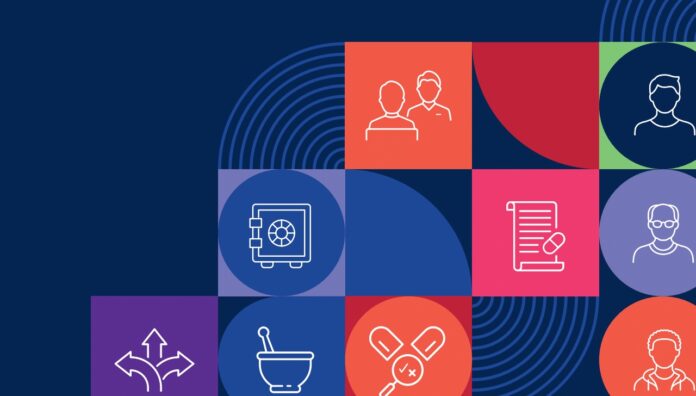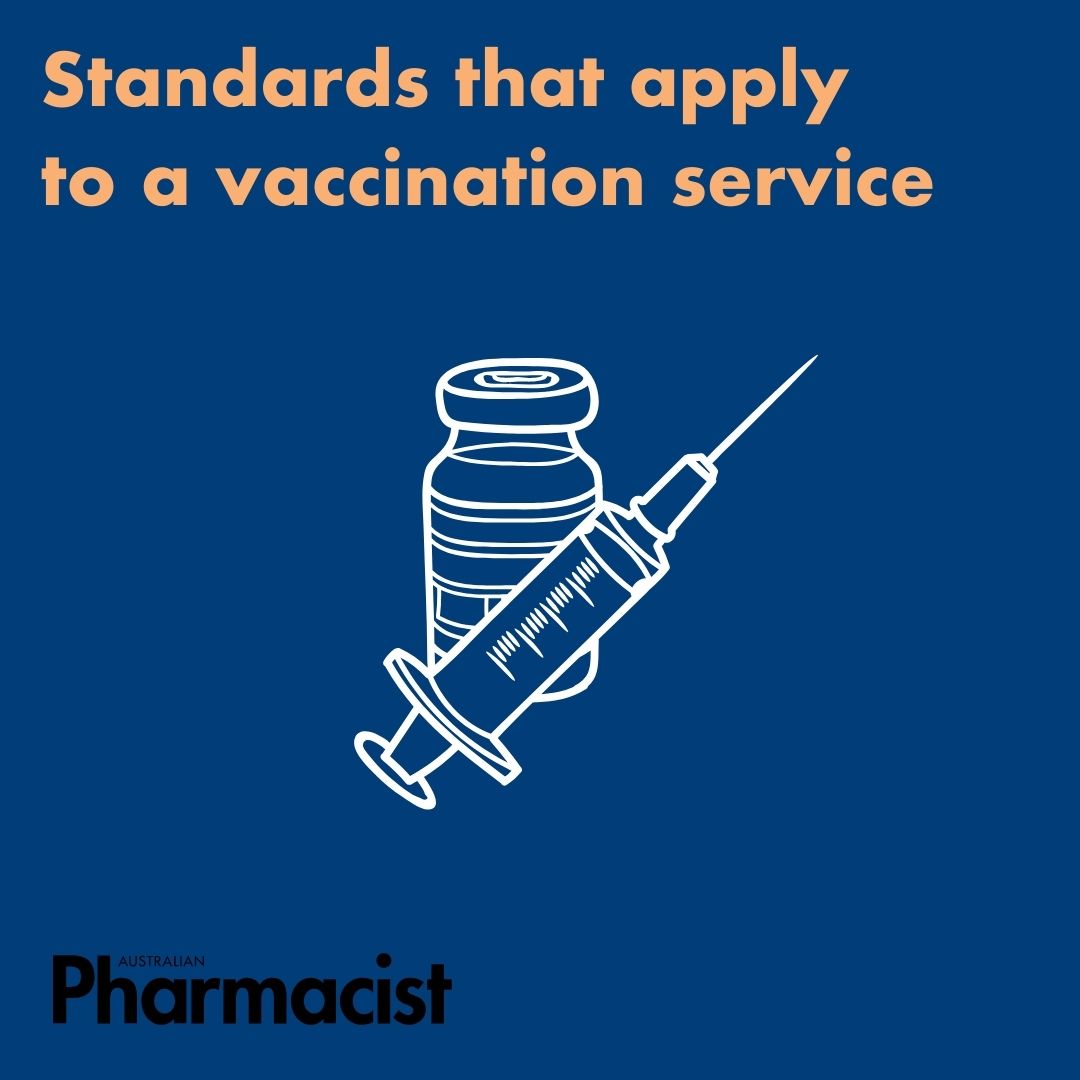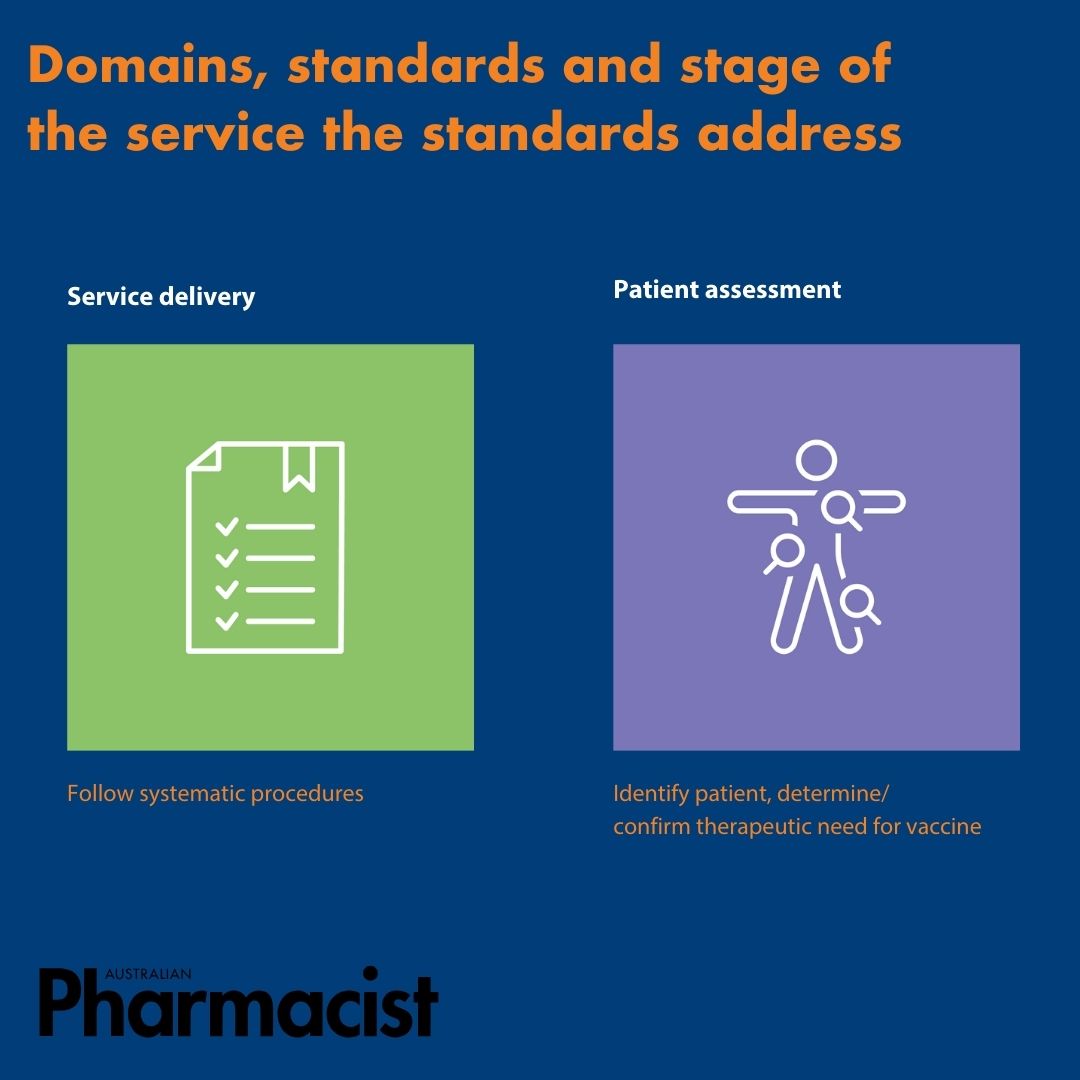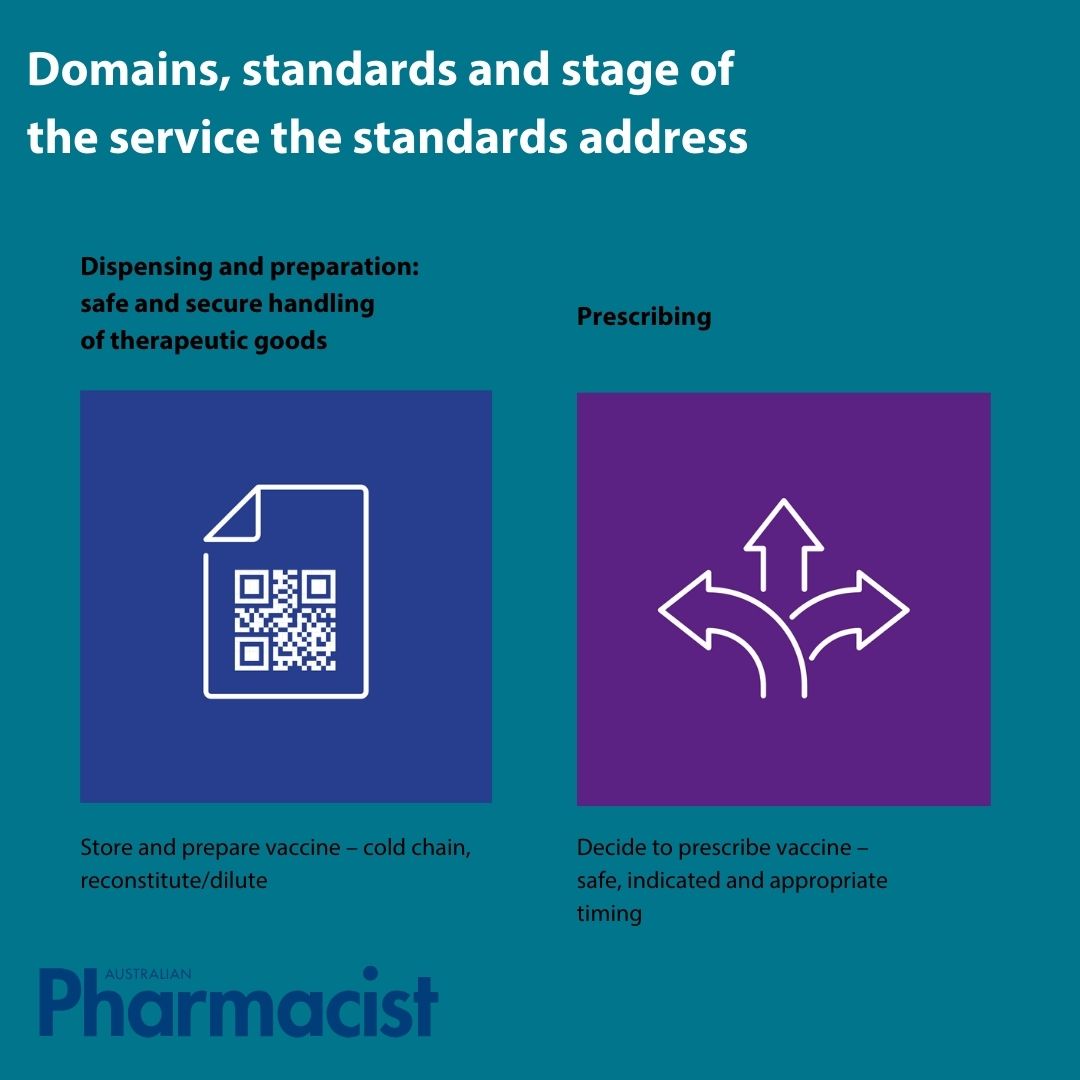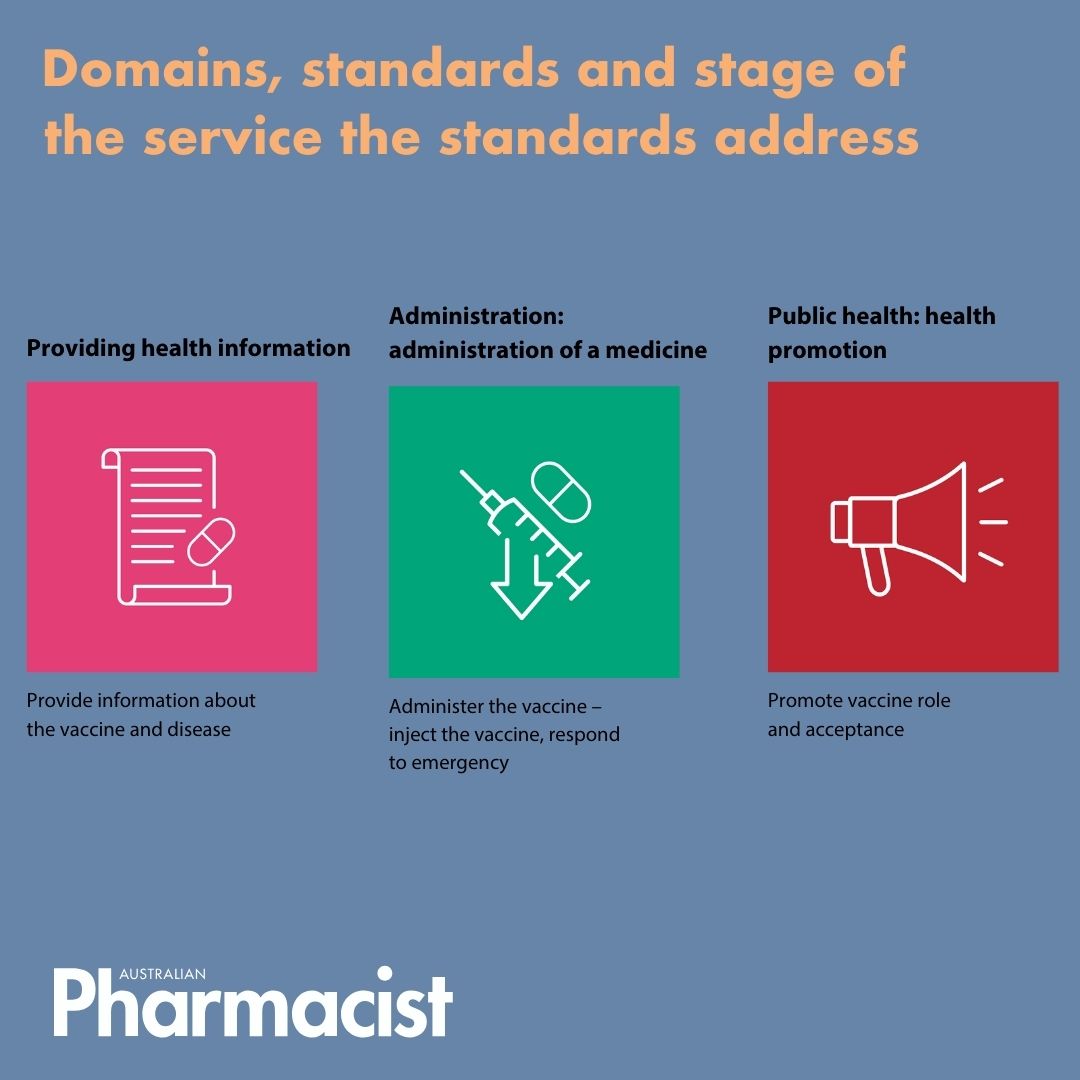As scope of practice continues to evolve, PSA’s Professional Practice Standards Quality Improvement and Self-Assessment Implementation Program helps pharmacists deliver safe, high-quality, and clinically effective healthcare services.
Launching the new program at the WA Annual Therapeutic Update last weekend (14 October 2023), PSA National President Dr Fei Sim FPS said pharmacists have the opportunity to improve their practice through an individualised approach.
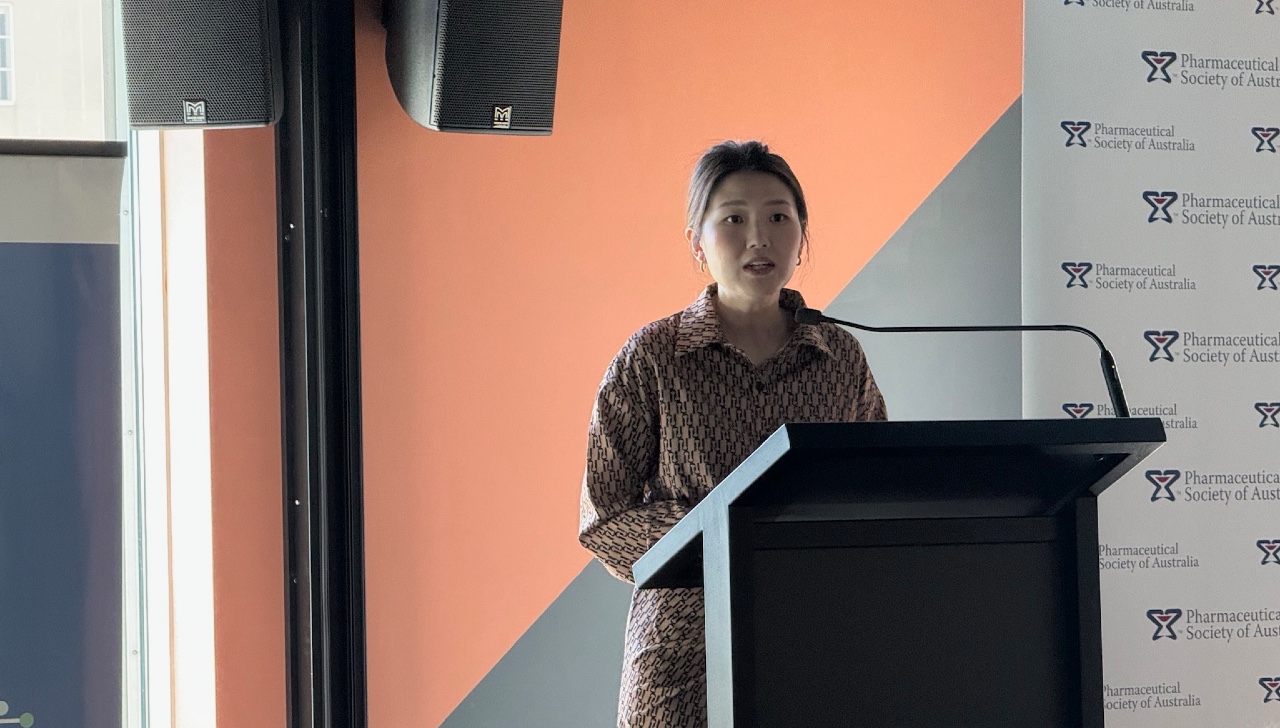
‘I encourage all pharmacists, in all areas of practice and in all career stages to make the most of the Professional Practice Standards Quality Improvement and Self-assessment Implementation Program as a contemporary, evidence-based resource to guide their quality professional practice,’ Dr Sim said.
How it works
The reimagined version of the Professional Practice Standards (PPS), launched in July 2023, changed the way pharmacists apply the standards into their practice through a focus on greater autonomy and accountability.
The Implementation Program is designed to help pharmacists become more familiar with the new standards and layout of the PPS, said PSA’s CPD Manager Jacob Warner MPS who led the project.
The interactive program involves a mix of:
- elearning videos including pharmacists involved in the development of the standards, such as Dr Sim
- a self-assessment component where pharmacists can self-assess their practice against each action in the standard
- CPD multiple choice questions (MCQs).
The functionality of the program highlights the importance of self-assessment and the value it brings.
‘The self-assessment component of the Implementation Program is not assessed,’ said Mr Warner. ‘It relies on pharmacists honestly self-assessing their practice against each of the actions in the standards.’
Upon completion of the program, pharmacists receive a tailored action plan in the form of a print-friendly PDF with guidance on how to improve their practice.
Self-reflection and guided learning
When pharmacists begin the Implementation Program, an introductory section explains the new PPS layout, how the standards work and what self-assessment involves.
Pharmacists are then encouraged to consider:
- their scope of practice
- the services they provide.
Pharmacists can then self select the standards that apply to their practice and for which they want to complete the learning on.
Next, the elearning components familiarise pharmacists with the application of the selected standards.
‘For example, the compounding standard elearning contains information around some of the regulations surrounding compounding,’ said Mr Warner.
The elearning component varies per standard, with each containing a level of interactivity.
‘For example, flip card activities are included to allow pharmacists to select which standards may apply to a particular service,’ he said.
Pharmacists are also encouraged to self-reflect on their practice and identify the areas for improvement.
Choose your own pharmacy adventure
Pharmacists have options as to how they complete the Implementation Program, said Mr Warner.
‘Pharmacists could look at their overall scope of practice, or just one service they provide. They can then select the standards that apply – like a pick and mix,’ he said.
For example, if pharmacists wanted to assess their pharmacy’s vaccination service, they can select the standards that apply to this area of practice only.
‘This [triggers] the learning pathways to load for those standards only, so pharmacists only learn the content based on what was selected,’ said Mr Warner.
One of the key values of the program is that it’s tailored. ‘If pharmacists don’t compound medicines, for example, they don’t need to select the compounding standard as it’s not relevant to their scope of practice,’ he said.
Accounting for scope of practice
The implementation program aims to support pharmacists through scope of practice changes to ensure safety and quality are embedded in new practices.
‘If pharmacists are moving into a new area, they can go into the Implementation Program, select the standards that apply to that new area, and become familiar with the actions in the standards to be ready to ensure they meet the standards,’ said Mr Warner.
The system is set up to account for scope of practice updates by allowing pharmacists to complete the program multiple times throughout the year.
‘It resets every year, aligning with the pharmacist CPD year,’ he said. ‘So a yearly refresh would be ideal to ensure pharmacists are always meeting the standards.’
However, it’s up to pharmacists how they choose to engage with the Implementation Program.
‘It’s there to support pharmacists when they start implementing a new service, their scope of practice changes, or if they want to refresh their knowledge on the existing services they provide, ’ said Mr Warner. ‘There’s no limit as to how often they use it.’
Getting the most from the Implementation Program
The best way to approach the Implementation Program is to be honest and upfront throughout the self-assessment process, said Mr Warner.
‘You have the most to gain if you are honest about your practice and how it applies to the standards, which will form the tailored action plan,’ he said.
‘This will help to improve the quality of care you’re providing, and [in turn] improve patient outcomes.’
But be prepared to invest time in the process. ‘Don’t expect a 15-minute learning module,’ said Mr Warner. ‘It’s quite involved and can take up to 7.5 hours if pharmacists opt to complete all 16 activities.’
However, pharmacists don’t need to complete the Implementation Program in one sitting.
‘The system remembers where you’re up to and allows you to complete it at a later date,’ he said.
By completing the Implementation Program, pharmacists can accrue up to 15 Group 2 CPD credits, along with self-recorded Group 3 credits associated with the action plan.
The PPS, Implementation Program, and more are available here.



 John Jones MPS, pharmacist immuniser and owner of My Community Pharmacy Shortland in Newcastle, NSW[/caption]
John Jones MPS, pharmacist immuniser and owner of My Community Pharmacy Shortland in Newcastle, NSW[/caption]


 Debbie Rigby FPS explaining how to correctly use different inhaler devices[/caption]
Debbie Rigby FPS explaining how to correctly use different inhaler devices[/caption]




 Professor Sepehr Shakib[/caption]
Professor Sepehr Shakib[/caption]

 Lee McLennan MPS[/caption]
Lee McLennan MPS[/caption]
 Dr Natalie Soulsby FPS, Adv Prac Pharm[/caption]
Dr Natalie Soulsby FPS, Adv Prac Pharm[/caption]
 Joanne Gross MPS[/caption]
Joanne Gross MPS[/caption]
